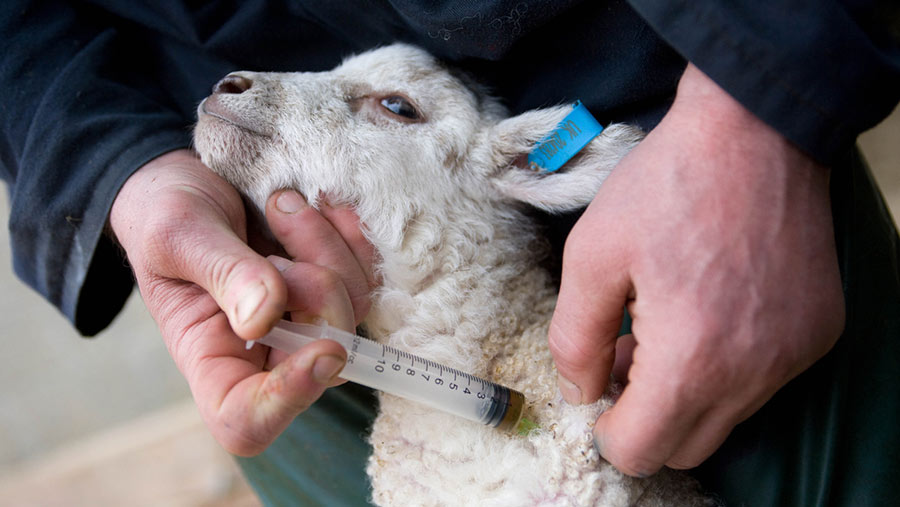‘Huge threat’ posed by farm antibiotics to human health
 ©Tim Scrivener
©Tim Scrivener Farmers must dramatically reduce the amount of antibiotics used in livestock production because of the threat to human health, warns a global report.
The use of antibiotics in agriculture poses a “huge threat” to human health, it says.
The (PDF) Antimicrobials in Agriculture and the Environment report was published by the Review on Antimicrobial Resistance on Tuesday (8 December),
“Just as there is a clear correlation between rising levels of human use of antibiotics and growing resistance… the same is essentially true in agriculture,” says the document.
See also: ‘Disturbing’ antibiotic resistance discovered in China
“Higher use of antibiotics drives increased drug resistance, as bacteria are exposed more often to the antibiotics used to treat them,” it warns.
“This is also true for other medicines, such as antifungals.”
Some last-resort antibiotics for humans are being used extensively in animals, with no replacements as of yet on the way, warns the document.
This problem was highlighted by a recent Chinese finding of a bacterial gene conferring resistance to colistin, a last-resort antibiotic for treating multidrug-resistant infections in humans.
Colistin is also used extensively in livestock in some countries, including in Europe.
The study says the discovery of the gene “strongly indicates” that the selection of resistance was due to the use of colistin in animals and that this was capable of transferring to humans.
“This has brought home the huge threat posed by the use of important human antibiotics in agriculture,” says the document.
The report calls for a global target to reduce antibiotic use in food production, along with restrictions on the use of antibiotics important for humans.
But says it should be for individual countries to decide how best to achieve this goal.
The report also recommends the rapid development of minimum standards to reduce antimicrobial manufacturing waste released into the environment.
And it calls for improved surveillance to monitor these problems.
The National Office of Animal Health (NOAH), which represents UK animal medicine manufacturers, said resistance was a global challenge, no just a challenge in the UK or Europe.
Antibiotics were subject to strict EU and UK veterinary prescription rules, it said.
NOAH chairman Catherine Sayer said: “Farmers and veterinary surgeons in the UK, supported by the animal medicines sector, use antibiotics responsibly – as little as possible, but as often as necessary.
In the UK, industry organisations such as Ruma (Responsible Use of Medicines in Agriculture) were already making practical steps towards reducing antibiotic use.
It was doing so by setting out “responsible use” guidelines to reduce the need for antibiotics through biosecurity, vaccination and other animal husbandry measures.
Animal species, husbandry practices and climate conditions varied around the world and proposals to introduce standards from other countries here may not be workable, it said.
The British Veterinary Association said the use of antibiotics in agriculture was “just one piece of the jigsaw” when tackling antimicrobial resistance.
BVA president Sean Wensley said: “We need to see increased collaboration between health sectors to ensure positive steps are taken to preserve these essential drugs for future generations.
This was particularly so because it was accepted that the main driver for antimicrobial resistance globally was the use of antibiotics in human health.
Mr Wensley said the BVA was opposed to the introduction of arbitrary, non-evidence based target setting to reduce antibiotic use.
Such targets risked restricting vets’ ability to treat disease outbreaks in livestock, which could have serious public health and animal welfare implications, he added.
“Current EU legislation on vets’ prescribing of antibiotics for all animals, including those intended for production, is robust and we would like to see equivalent legislation rolled out globally.”
